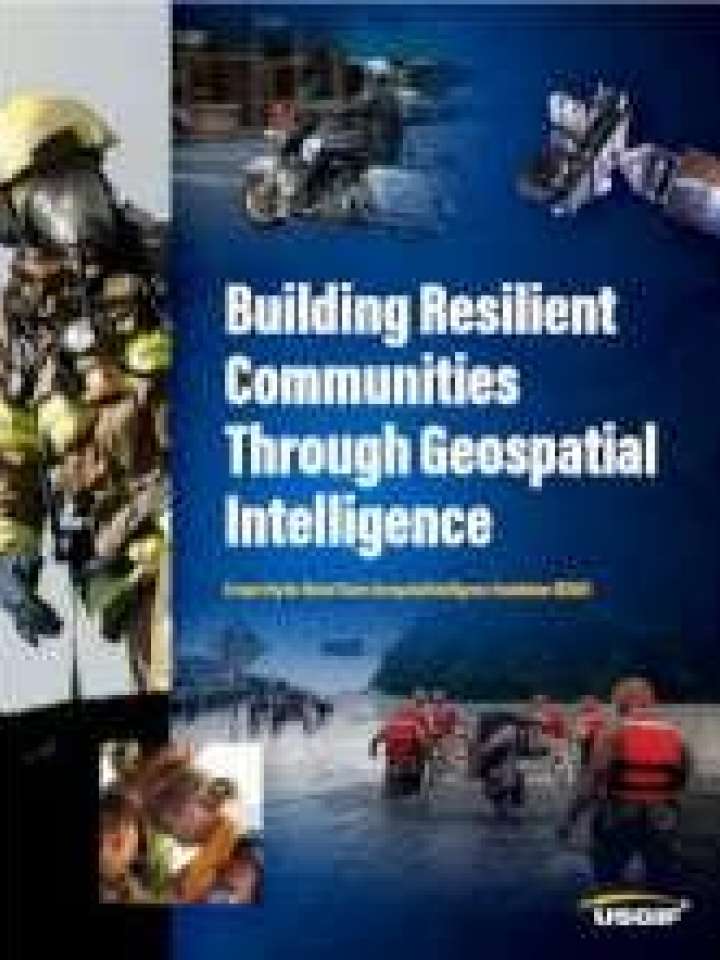Building resilient communities through geospatial intelligence
This report explores how geospatial intelligence (GEOINT) contributes to and can strengthen community disaster resilience in the US. GEOINT uses and analyses imagery and geospatial information to describe, assess, and visually depict physical features and geographically referenced activities on the Earth.
GEOINT is a common denominator that allows communities to understand their totality of circumstances—to identify, monitor, and model those dangers to produce vulnerability and risk assessments that can be linked to potential actions targeted to the optimal areas and critical assets that can strengthen a community’s overall resilience. GEOINT also provides a means to understand the social implications of potential disaster to foster a community’s psychological resilience and strengthen its ability to bounce forward and to build a culture of preparedness imbued in its individuals and civic organizations, businesses and critical infrastructure, and levels of government.
It is hoped the homeland security, emergency management, and geospatial communities will find the substance and recommendations in this report to be of value and assistance toward developing common and effective approaches, spurring innovation in resilience design and solutions, and promoting a culture of preparedness that better readies the nation for catastrophic disasters and everyday emergencies.
Explore further
